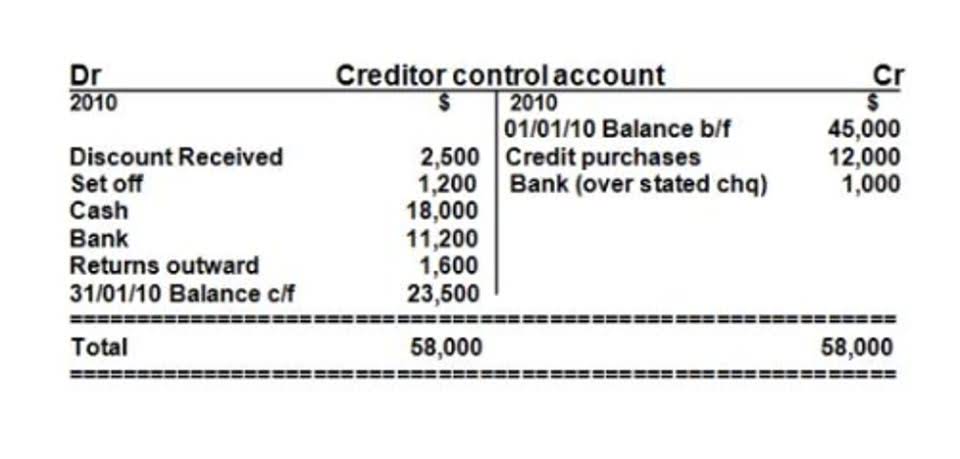
He currently researches and teaches Bookkeeping for Chiropractors economic sociology and the social studies of finance at the Hebrew University in Jerusalem. Stocks can be categorized in a few different ways that reflect the types of companies they represent or how investors earn money. For information pertaining to the registration status of 11 Financial, please contact the state securities regulators for those states in which 11 Financial maintains a registration filing. These mixed stock and bond portfolios are usually rebalanced regularly, such as once per quarter or once per year. What most investors want is to get as much reward (profits) as possible, while minimizing risks.
- Banking services provided by and Mighty Oak Debit Cards issued and provided by nbkc bank, Member FDIC, to Acorns Checking account holders that are U.S. residents over the age of eighteen (18).
- So flipping to an asset allocation of 20 percent stocks and 80 percent bonds might make sense.
- Governance deals with a company’s leadership, executive pay, audits, internal controls, and shareholder rights.
- Between issuance and maturity, the bondholder receives regular interest payments.
- If you have a lower risk tolerance, bonds may be a more suitable investment as they are generally less risky than stocks.
- Bonds are useful as a counterweight to the rapid price swings of stocks, but generally should not make up your entire portfolio.
Types of Stocks and Bonds
For example, if a company has 1 million shares of stock outstanding, each share represents one-millionth ownership in the company. Stocks represent ownership in a business enterprise and are issued in denominations referred to as shares. That’s precisely why it’s usually best to hold both in your investment portfolio.
- The likelihood that Apple will default on its loans is very low, so the company can borrow at very low interest rates (say, 2%).
- Investors might shift their focus from stocks to bonds if the latter offer more attractive yields, leading to an overall decline in stock prices.
- Environmental criteria considers how a company performs as a steward of nature.
- According to data compiled by Vanguard, a 60/40 portfolio — 60% stocks and 40% bonds — generated an average of 8.8% compounded annual returns between 1926 and 2019.
- After a company goes public through an initial public offering (IPO), its stock becomes available for investors to buy and sell on an exchange.
What is the difference between stocks and bonds?
- A more specialized form of common stock is tracking stock, which is tied to the performance of a specific business unit within the company.
- With consumer inflation (CPI) currently at 2.7% year-over-year, one needs to expect it to moderate over time.
- When you purchase a stock, you’re buying an actual share of the company.
- New customers in these subscription plans are automatically eligible for the Later Match feature at the applicable 3% and 1% match rate.
- Stocks represent ownership in a company, giving shareholders a claim on part of the company’s assets and profits.
When a company’s stock is sold on a stock exchange for the first time, it happens through a process called initial public offering (IPO). Companies can sell stocks and bonds to investors to raise money for various purposes. Stocks can only be sold by companies, but bonds can also be sold by other entities, such as cities and governments. Companies selected for inclusion in the portfolio may not exhibit positive or favorable ESG characteristics at all times and may shift into and out of favor depending on market and economic conditions. Environmental criteria considers how a company performs as a steward of nature. Social criteria examine how it manages relationships with employees, suppliers, customers, and the communities where it operates.
What is the difference between bonds and stocks in terms of ownership?

We do not include the universe of companies or financial offers that may be available to you. In theory, you can buy and sell securities peer-to-peer, meaning outside of an exchange. Suppose that a friend has a stock that you would like to buy, or a relative who needs the funds immediately would like to sell you a bond. You can also typically buy and sell mutual funds directly from the fund issuer by establishing an account with them online or through a branch office. Investors have a wide range of research and analysis tools to get more information on bonds. Investopedia is one source, breaking down the basics of the market and the different types of securities available.
Premium Investing Services
There are many different kinds of stocks and bonds to choose from, some of which make for more sound investments than others. Stocks of a company are offered at the time of an IPO (Initial Public Offering) or later equity sales. Some argue that 110 or even 120 minus your age is a better approach today. Given the numerous reasons a company’s business can decline, stocks are typically riskier than bookkeeping bonds.
- This holds true if you are consistently investing and adding new funds.
- If you want to get started investing, it’s important to know the ins and outs of stocks and bonds—the basic building blocks of most Americans’ portfolios.
- Common stock usually entitles the owner to vote at shareholders’ meetings and to receive any dividends paid out by the corporation.
- In some cases, such as Treasury bonds issued by the federal government, investors receive biannual interest payments.
Bond Market vs. Stock Market: What’s the Difference?

While both markets provide avenues for raising capital, they operate differently and cater to distinct types of investors. Interest rates and inflation play crucial roles in the performance of both stocks and bonds. Rising interest rates can hurt both asset classes, but bonds are particularly sensitive, as their prices tend to fall when rates increase. Inflation can erode the purchasing power of bond returns, making stocks more attractive in a stocks and bonds growing economy. The correlation between stocks and bonds can vary, often moving inversely during periods of market stress, providing a natural hedge. Although bonds generally offer lower returns compared to stocks over the long term, they provide more stability in the short term.

Why Companies and Governments Issue Bonds

Ask a question about your financial situation providing as much detail as possible. Your information is kept secure and not shared unless you specify. Our writing and editorial staff are a team of experts holding advanced financial designations and have written for most major financial media publications. Our work has been directly cited by organizations including Entrepreneur, Business Insider, Investopedia, Forbes, CNBC, and many others. Our team of reviewers are established professionals with decades of experience in areas of personal finance and hold many advanced degrees and certifications.
